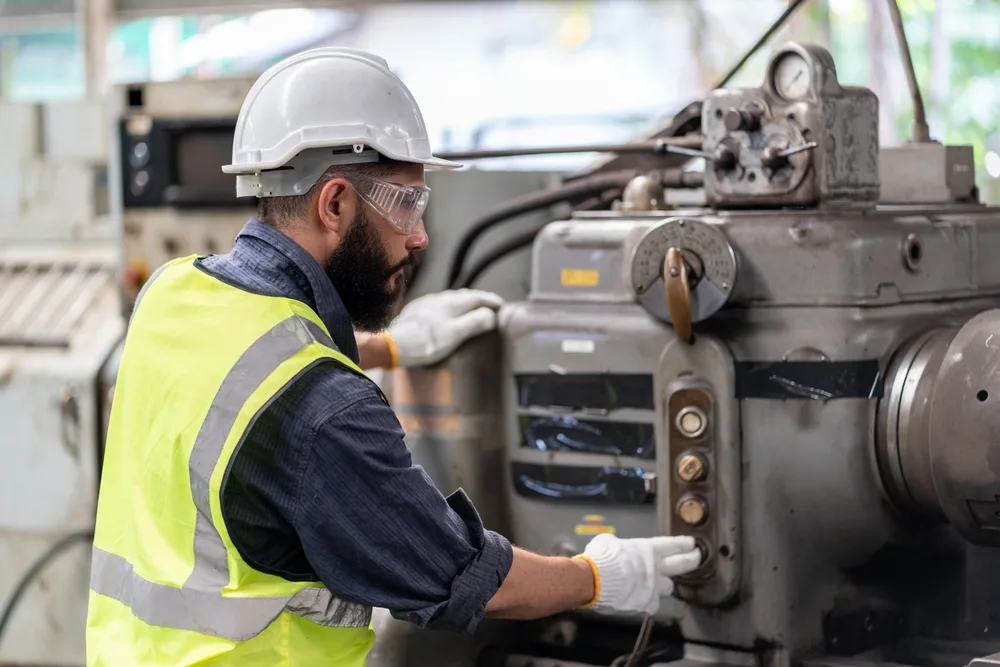Machinery Breakdown, Vibration Monitoring, and Predictive Maintenance Course
Introduction:
As machines age, their performance typically declines, making it crucial to monitor failure mechanisms to maintain operational integrity. This course on Machinery Breakdown, Vibration Monitoring, and Predictive Maintenance explores failure analysis and predictive maintenance strategies, focusing on vibration analysis as a core element. It also covers related methods such as infrared thermography, passive ultrasonic detection, tribology, and performance monitoring.
Objectives:
At the end of this Machinery Breakdown, Vibration Monitoring, and Predictive Maintenance course, participants will be able to:
- Dissect machine failure analysis techniques and apply them in evaluating machinery health.
- Understand and apply various predictive maintenance technologies.
- Gain comprehensive insights into different predictive maintenance methods and their practical applications.
- Explain how each technology contributes to maintenance efficiency and their integration.
- Implement practical strategies to achieve optimal results using these technologies.
Training Methodology:
- Interactive Workshops
- Case Studies
- Simulation Tools
- Group Discussions
- Expert Presentations
Course Outline:
Unit 1: Understanding Failures
- Machine failure analysis
- Wear and tribology
- Fatigue mechanisms
- Breakdowns in bearings and seals
Unit 2: Basics of Reliability and Counteracting Failures
- Basic principles of machinery defense
- Reliability determination and assessment methods
- Frequency of machinery and equipment failures
Unit 3: Key Elements of Predictive Maintenance
- Concepts and history of predictive maintenance
- Strategies for maintenance
- Predictive maintenance methods
- Failure Mode and Effects Analysis (FMEA)
- Failure Effect Analysis (FEA)
- Impact of frequency on noise
- General failure mechanisms
Unit 4: Predictive Maintenance Techniques
- Vibration standards and alarm boundaries
- Diagnostic vibration examination
- Shock and vibration analysis techniques (Wavelet analysis, SSE, HFD, Peak-Vue)
- Vibration in rolling element bearings
- Vibration isolation and resonance identification
- Other predictive maintenance methods (Thermal imaging, Thermography, Passive ultrasound systems, Tribology, Lubrication fluid analysis)
Unit 5: Mechanisms of Control
- Dynamics of predictive maintenance
- Monitoring effectiveness and efficiency
- Organizing predictive maintenance work
- Economic assessment
- Communication tools
- Integrating predictive maintenance strategies into the Maintenance Plan


















